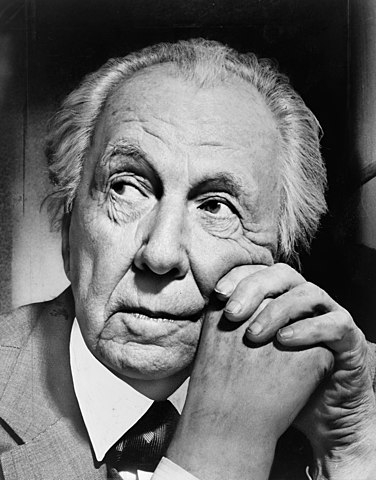I love the Prairie style with its connectivity to nature and the environment. I’m not always a fan of the straight, clean lines that later came into fashion with mid-century modern design, but it works for me in this turn of the 20th century style. Frank Lloyd Wright is one of the quintessential designers of the movement, and you can see some beautiful examples over an afternoon walking tour. As a bonus, I’ve added in a nearby site with more historic residential homes from around the same period.
Getting There
Location: outside Chicago, IL
Transport: if you’re already in Chicago, take the subway’s Green Line to Oak Park and walk a few blocks north. You can also take the regional “Metra” train on the Union Pacific West line to their Oak Park station and walk a few blocks north. If you’ve got a car, it’s just north of I-290. If you’re flying in, Oak Park is about halfway between O’Hare and Midway, and both offer subway service into the city where you can transfer to the Green Line.
Highlights
Must-See:
- Frank Lloyd Wright Studio
- Numerous examples of Wright homes
- Nearby Bonus: Catalog homes (Downers Grove)
Oak Park's Frank Lloyd Wright homes
Plan 2-3 hours for this trip, depending on how much time you want to spend at his studio and walking through the neighborhood to see the sights.
The town of Oak Park, Illinois has the highest concentration of Frank Lloyd Wright buildings as well as the architect’s home and studio. The best place to start is his home and studio, found at 951 Chicago Avenue, Oak Park, IL 60302.
Wright’s studio is the only publicly accessible site in Oak Park. Sometimes there are special events when the private homes will allow people in, but I wouldn’t count on that. That’s why I recommend starting at his home and studio so you can learn more about his work and see his interior designs firsthand. It was from this site that Wright and his team created the “Prairie style” architecture he became so famous for. Note: children under the age of 8 are not allowed on interior tours.
Wright was born in Wisconsin but moved to Chicago as the era of the American architect was on the rise, elevated in Chicago by the 1893 World’s Fair and the prominence of architects such as Daniel Burnham and Louis Sullivan. Wright would become famous for his style of architecture which he called “organic architecture” and focused on harmony between people and nature.
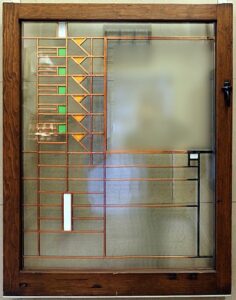
Once you complete your visit at his design studio, you will be within walking distance of several of the homes he designed.
The homes are easy to spot once you get a feel for his style and spot details like clean, horizontal lines, broad, flat roofs with wide eaves that overhang the home, and natural materials like wood and stone integrated with nature around the space with lush courtyards and gardens.
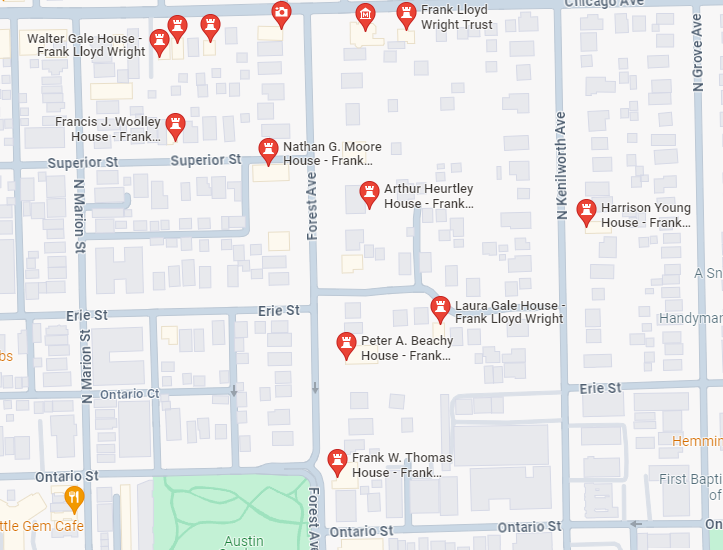
Homes in the area include (exit the studio and head west on Chicago Avenue):
- Robert Parker house, 1019 Chicago Ave.
- Thomas M. Gale house, 1027 Chicago Ave.
- Walter Gale House, 1031 Chicago Ave
- Francis J. Wooley house, 1030 Superior St.
- Nathan G. Moore, 333 Forest Ave (original design by George Maher in 1895, Wright led renovations following a fire)
- Arthur Heurtley house, 318 Forest Ave.
- Laura Robeson Gale house, 6 Elizabeth Ct.
- Peter A. Beachy house, 238 Forest Ave.
- Frank W. Thomas house, 210 Forest Ave.
- Harrison Young house, 334 N. Kenilworth Ave. (also renovated by Wright early in his career)
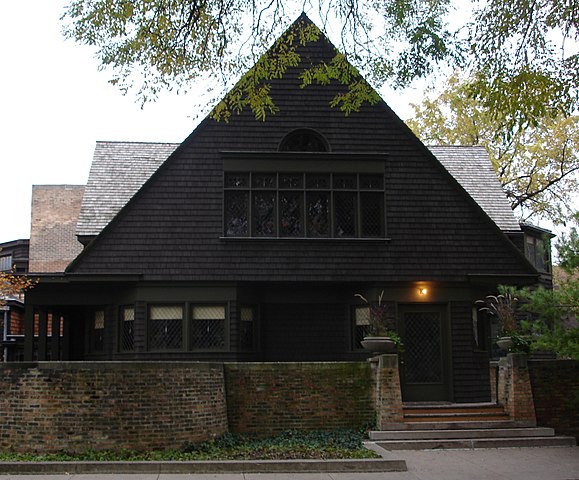
Click the icon for more information on the Frank Lloyd Wright Home and Studio.
Looking for more of a guided tour of Frank Lloyd Wright homes? I highly recommend tours by the Chicago Architecture Center.
Tours generally run on Sundays but check the CAC Website for full details and to sign up. These walking tours fill up fast so do book in advance if you can!
Want more cool residential architecture? Check out nearby Downer's Grove!
Thirty minutes further west of Oak Park is the town of Downer’s Grove, which boasts a large collection of manufactured Sears catalog homes. These homes have so much charm and uniqueness, even though they were selected from a limited design set from a catalog!
The history of the mail-order catalog is pretty interesting, so I’ll have to do a future post on that. Here’s a teaser: it really took off because of another Chicago staple — Aaron Montgomery Ward!
Sears wasn’t the only catalog company offering homes by the turn of the 20th century, but they were the most successful. Between 1908 and 1940, more than 450 different styles were offered. Prices ranged from about $150 to over $5,000.
In 2024 dollars, the range would be $5,000 to $170,000 – still not a bad buy!
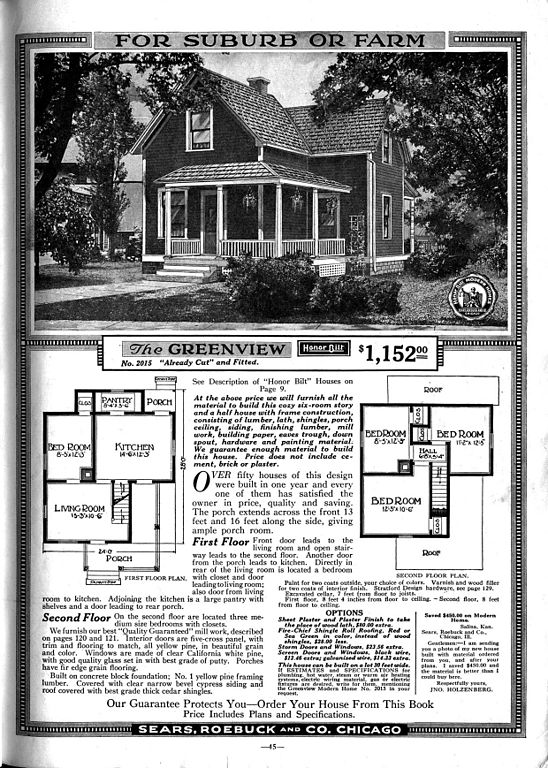
Downers Grove put together a fantastic brochure about their Sears homes, complete with addresses, photos of the homes, and interesting facts about each one. Check it out HERE for your driving or walking tour of this piece of history!

